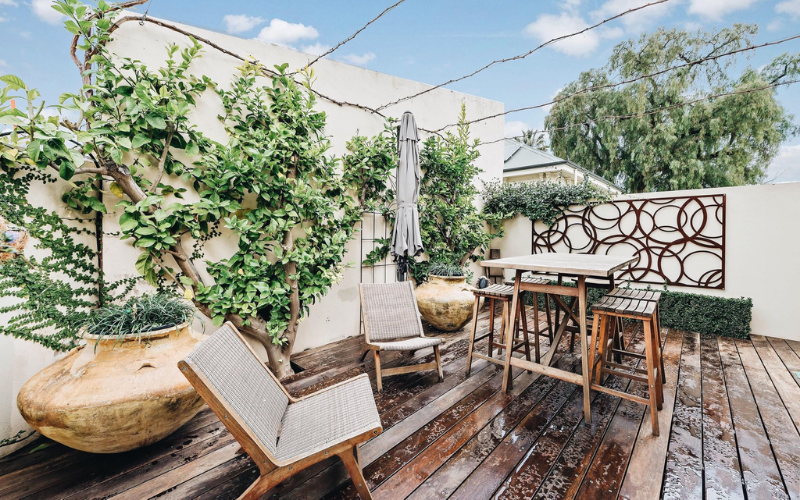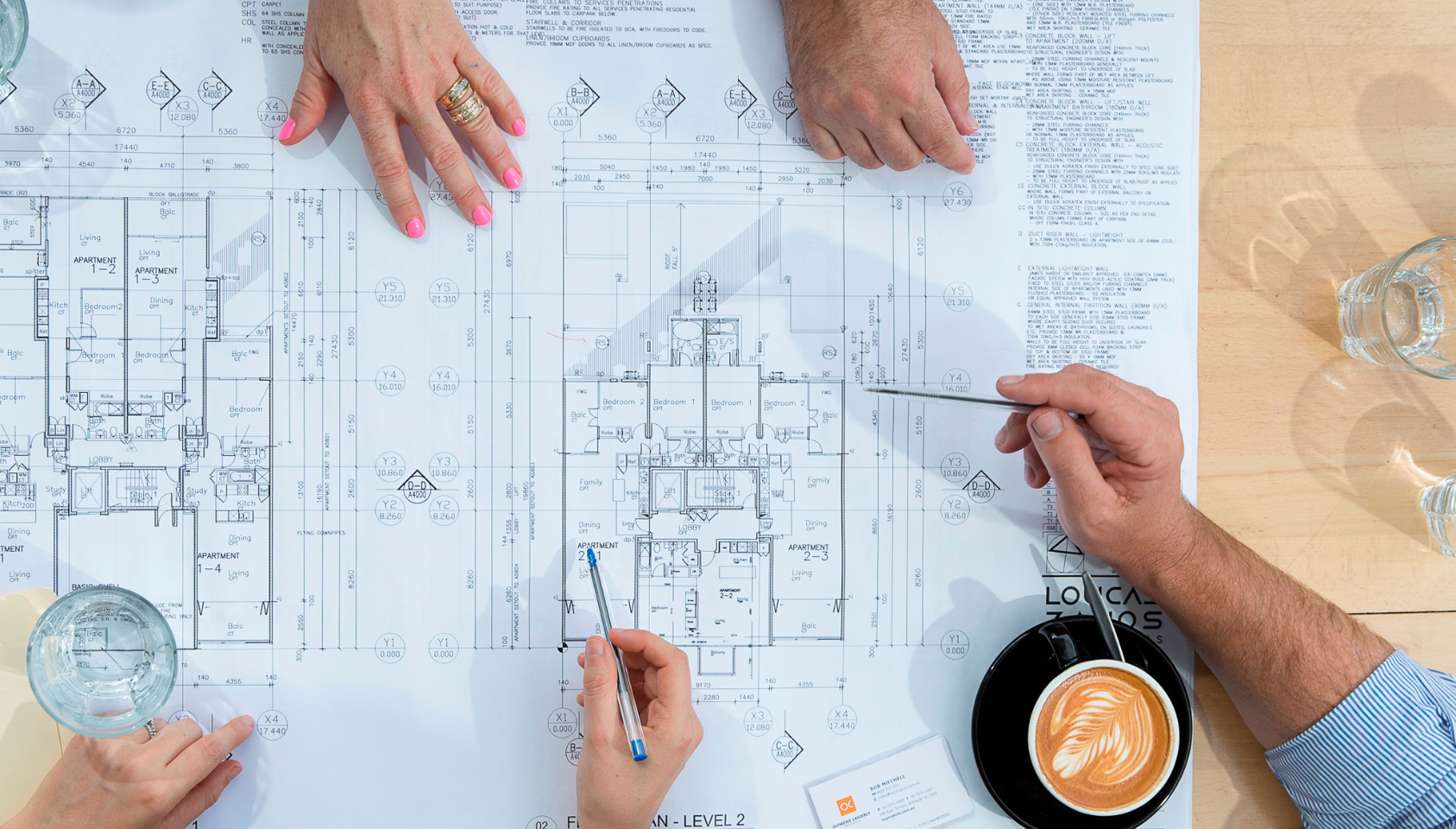Your love for beautiful plants should not suffer just because you live in an apartment. There are plenty of ways to include plants both in your apartment and on your balcony.
6 EASY TIPS FOR A BEAUTIFUL BALCONY GARDEN
Sometimes balconies can be tricky places to grow plants – it can be too hot, windy, have no shade or receive no rain.
But with a few tricks of your own, you can have flourishing plants growing on your balcony in no time!
Here are some things to consider:
ADJUST FOR UNIQUE PLANT MICRO-CLIMATES
Balcony plants have their own micro-climate which depends on various other factors such as how much sun does the balcony get, which area is mainly in the shade, how much heat is retained, and if there are any rain shadows on your balcony.
This micro-climate is unique to each plant, and although most of these plants will grow well in a backyard, they are likely not to survive on a balcony.
But the micro-climate of these plants can be managed by keeping a few essential factors in mind such as using shade cloths to protect individual plants from the afternoon sun, especially in Australia’s hot summers.
Even reflected light from a light coloured wall could contribute to the growth of the plants. Although the heat absorbed by balcony walls can be useful for plants like tomatoes, it can stop the growth of some plants like blueberries.
CHOOSE THE RIGHT KIND OF PLANTS
Choose the kind of plants which will stand the heat (especially when coping with the Adelaide summer) or thrive in the shade.
Bougainvilleas, geraniums, frangipani, blanket flowers and petunias look stunning in beautiful pots and add that splash of colour.
Ornamental grasses, succulents and cacti also grow well on balconies. Rosemary, thyme and sage work well in exposed areas. You can even grow vegetables like pumpkins, tomatoes, capsicums and zucchini.
Australian favourites agapanthus and patio roses grow surprisingly well in the heat and are suited to balconies very well. Some balconies are prone to wind – even if it’s just the occasional gust of sea breeze. If your plants are regularly exposed to wind on your balcony, then avoid tall plants which can break easily. Grow low, mound-forming plants which have a good salt tolerance.
Avoid growing plants with big leaves as these tend to get torn easily in the wind. This can make both your plants and your balcony a messy, tired look.
.png)
CHOOSE YOUR POTS WISELY
Grow plants in heavy pots, preferably glazed, which don’t dry out quickly. Opt for plants like agaves, yuccas, coastal rosemary, golden mound, dwarf oleander or jade plants.
Make sure the pot you choose is the right size for your plant – when the weather heats up, so does the soil in your pot. This can bake the roots, causing stress and may result in the loss of your plant.
WHICH DIRECTION IS YOUR BALCONY FACING?
Depending on the direction your balcony is facing, choose plants which will thrive well in that aspect. Ideally, you would want a north or north-east facing balcony for an optimum garden conditions.
But if you have east or south facing balcony, choose shade-tolerant plants like many palms, camellias and hydrangeas as they receive sunlight in the morning, but are mostly in the shade for the rest of the day. Move these plants or cover them with shade cloth when in the sun.
For balconies facing west, where the plants will be exposed to the sun at the end of the day, opt for sturdy sun-tolerant plants. These plants will fair best as these aspects can fact scorching hot temperatures in summer. Although remember to water them more during summer or on hot days.

WATERING
Balcony plants are dependent on you for water, especially those that are in the rain shadow. Even when you water the plants, most water runs down the sides and does not reach the roots. Making sure the water penetrates the soil is essential.
If the soil is extremely dry, it can make the soil water-repellent. It helps to re-pot the plants in fresh soil every year or two. If the plant is too dry, then allow the pot to sit in drained water for half an hour or so, which might help the soil absorb water.
CLEAN LEAVES
Most balcony plants don’t get rain on their leaves to wash of dust and mites. Generally, watering is done to the base of the plants while the leaves are ignored. It helps to water the whole plant once a week and to wash the leaves from the top and under the leaves where mites usually hide.
Perhaps you like the idea of a vertical garden – We have some tips on how to grow the perfect vertical garden.







